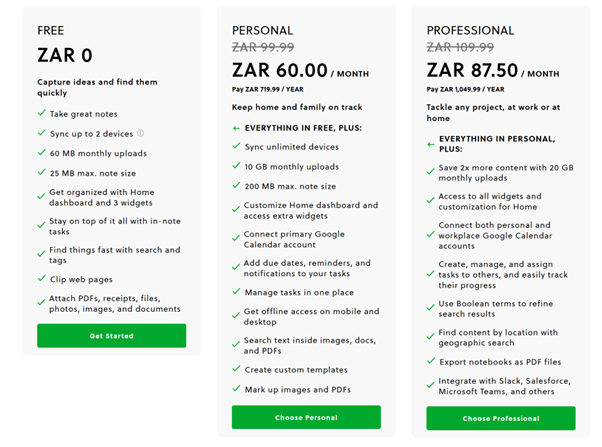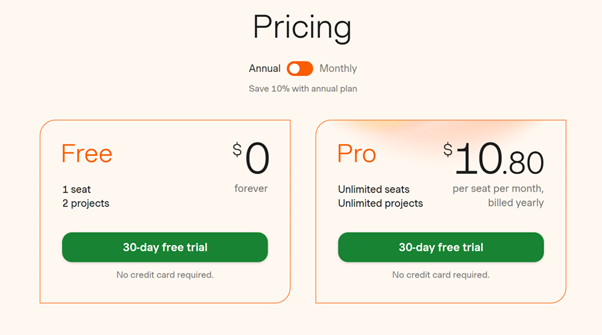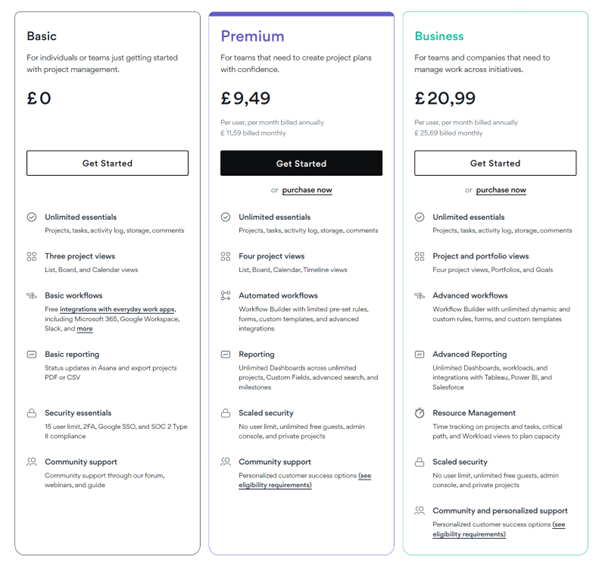Managing time and tracking projects across teams, departments, and individuals is essential in today’s fast-paced working world. Here are five management tools that can help with that.
Todoist
https://todoist.com/
Todoist is a deceptively simple-looking time management tool that helps people create To Do lists to organise their days and tasks a bit better.
I say “deceptively simple-looking” because Todoist is more than just an app for individuals: you can use it to coordinate team activities as well. For bigger teams, you’ll need to go the paid route, but even the free version has a lot to offer for individuals or really small (sub-5-people) teams.
One of the coolest features of Todoist is its “karma” system that rewards users with points when they complete tasks on time. It’s a fun way to gamify the completion of tasks, and it’s a hit with users, who often mention it in their reviews.
Todois can be installed on every device you own as well, so it’s always within easy reach.

Evernote
http://www.evernote.com
Evernote was initially just a note-taking program, but it has since expanded into a management tool that tries to bring all of the information you need for a successful day’s work into one easy-to-navigate place.
Evernote works best for people who want to coordinate their work documents with their schedules, so that, for example, they can have everything they need for an important meeting available to them in one place – inside Evernote. It’s also a handy place to jot down ideas as you get them so they don’t disappear before you’ve had a chance to action them.
Evernote’s Free version is mostly useful for note-taking and setting tasks, but it imposes limitations on things like the maximum note size, how many devices you can sync it to, and how much data you can upload each month, so you’ll be motivated to opt for a paid plan.
Paid plans are where Evernote starts to be more than just a note-taker, with features like calendar integration hidden behind the paywall. So if you’re serious about using Evernote as a work companion, it’s probably best to just cough up a few bucks for it every month.

Harvest
http://www.getharvest.com
Freelancers will love Harvest, a web service/app that lets them track hours worked. It arranges time slots by day, month, week, and users just need to fill in the hours they worked, and on which projects, and Harvest will keep track of everything and spit out reports that say which clients need to be charged for what work each month.
It’s brilliant for employers, too, who need to keep track of hours worked (and on which projects for which tasks) so they can accurately bill clients for work done.
Honey’s free version is severely limited with access to only 1 seat and 2 projects, so it’s highly recommended to skip that and just go straight to the Pro plan, which charges just under 11 USD (R200 or so) per user per month. It’s well worth the cash, so just do it.
If you’re still not convinced, try the trial version for 30 days and see if that changes your mind.

Asana
http://www.asana.com
If you’re looking for an easy-to-use and intuitive task management tool, Asana is for you. Asana lets you create tasks with detailed briefs and assign those tasks to specific people, and manage those tasks to completion.
All tasks include messaging functionality where users can be directly addressed with @ followed by their username, providing a real-time alert system that keeps all people involved notified of the latest developments.
Users can see what tasks they have coming up at a glance, they can message other users with an email-like messaging system, and managers can set goals and use Asana’s reporting capabilities to access important information about ongoing and previous projects.
The free version should work well enough for small teams, but bigger organisations should definitely go for one of the two paid tiers, as that gives them access to all of Asana’s magical goodness.

Trello
http://www.trello.com
Trello is another task-management tool, but its USP is that it wants work not to be dull. And it largely succeeds, thanks to its use of customisable “cards” and a range of vibrant backgrounds to choose from.
The card system works quite well as a dullness-defeating approach to assigning tasks, as each card represents a task that outlines what must be done. Cards are assigned to users, and they can contain anything from text to images to files to documents – basically anything that the task requires – that is visible at a glance.
Tasks can be scheduled, of course, and various calendar views let people see – also at a glance – when their tasks are due. Board users can also talk to one another and react to the messages that fly back and forth, which goes a long way to helping Trello reach its goal of making work less dull.
Give it a try; there’s a free version that should work for smaller companies but also paid options for larger teams with more complex workflow requirements.

Image by Avtar Kamani from Pixabay




